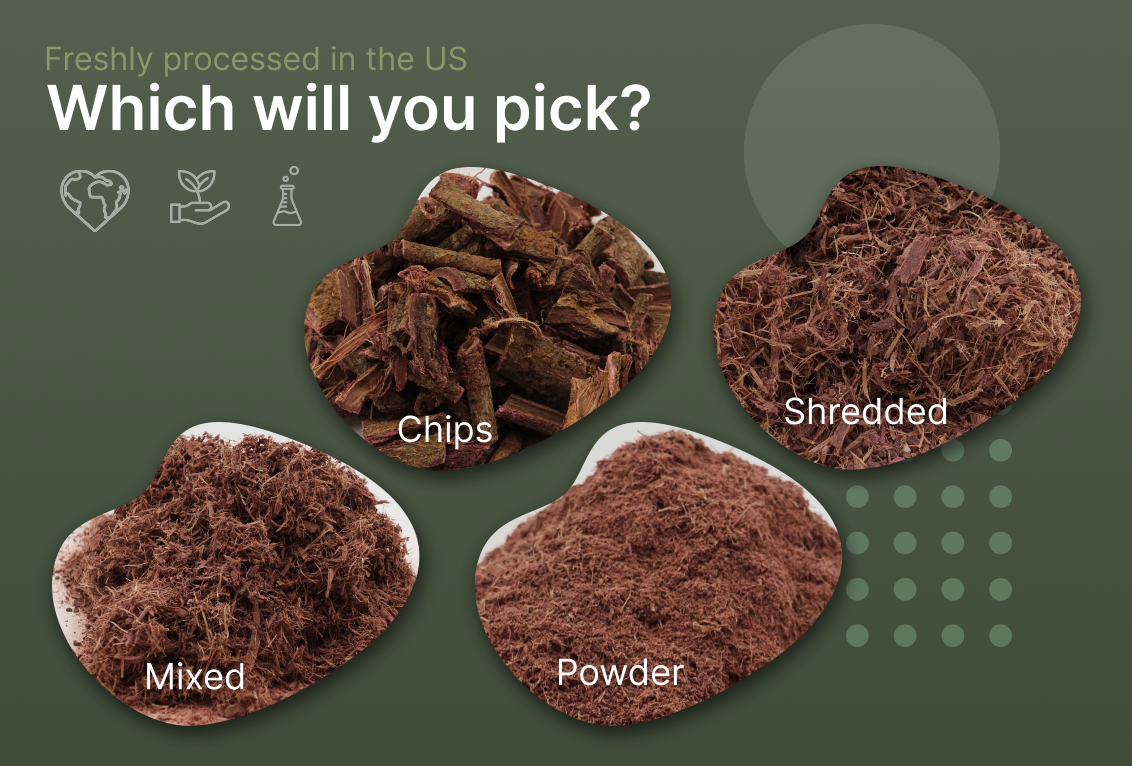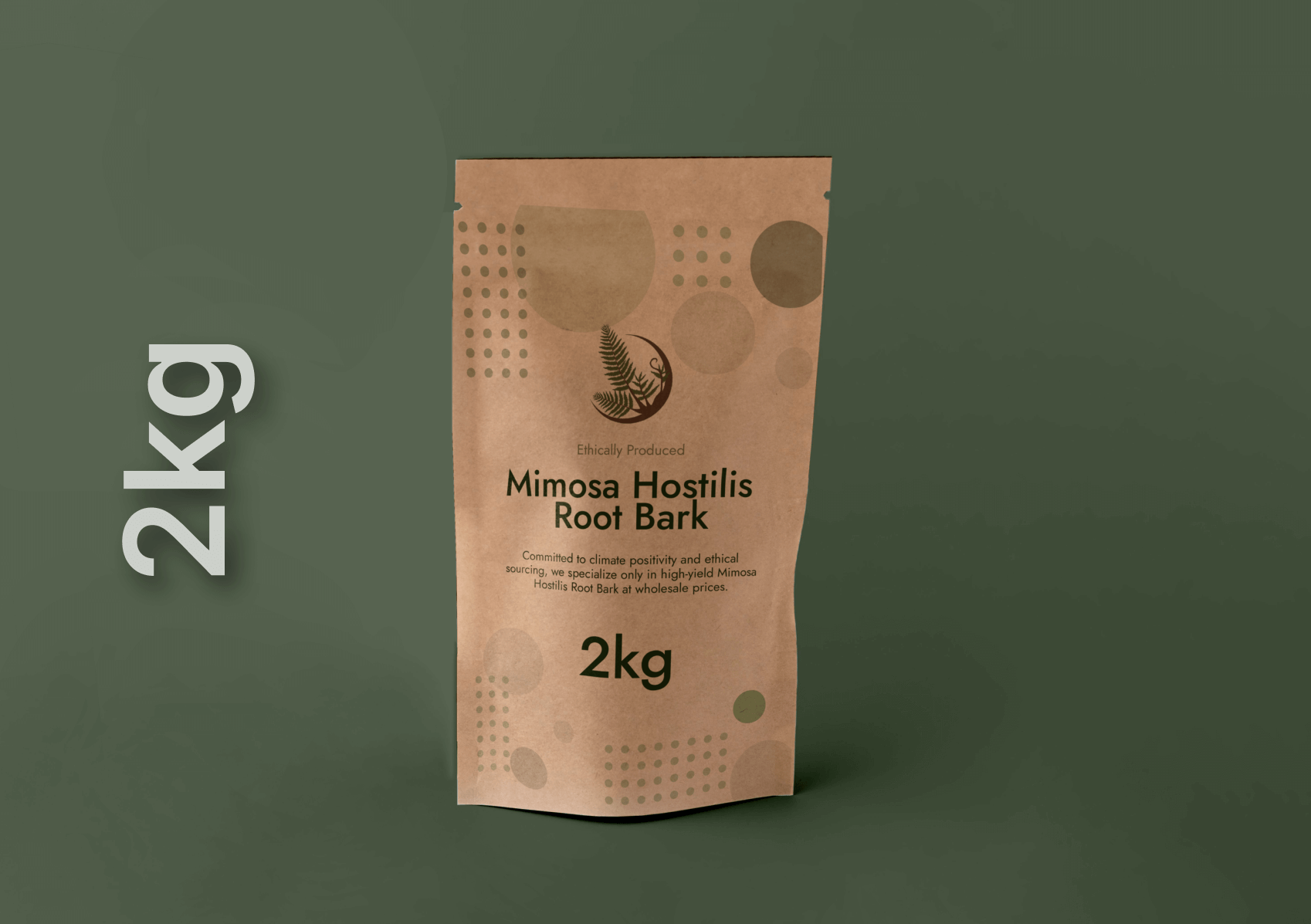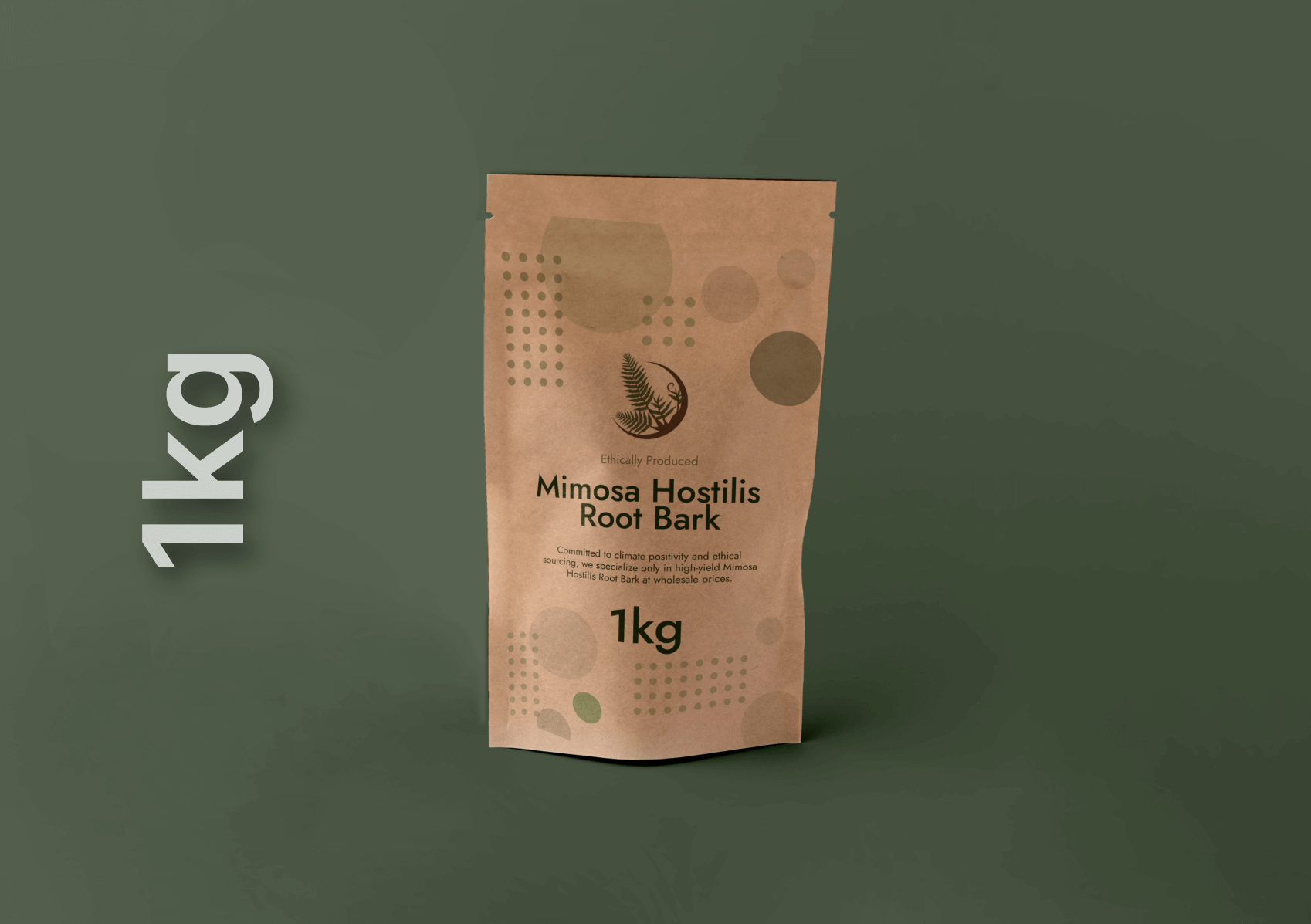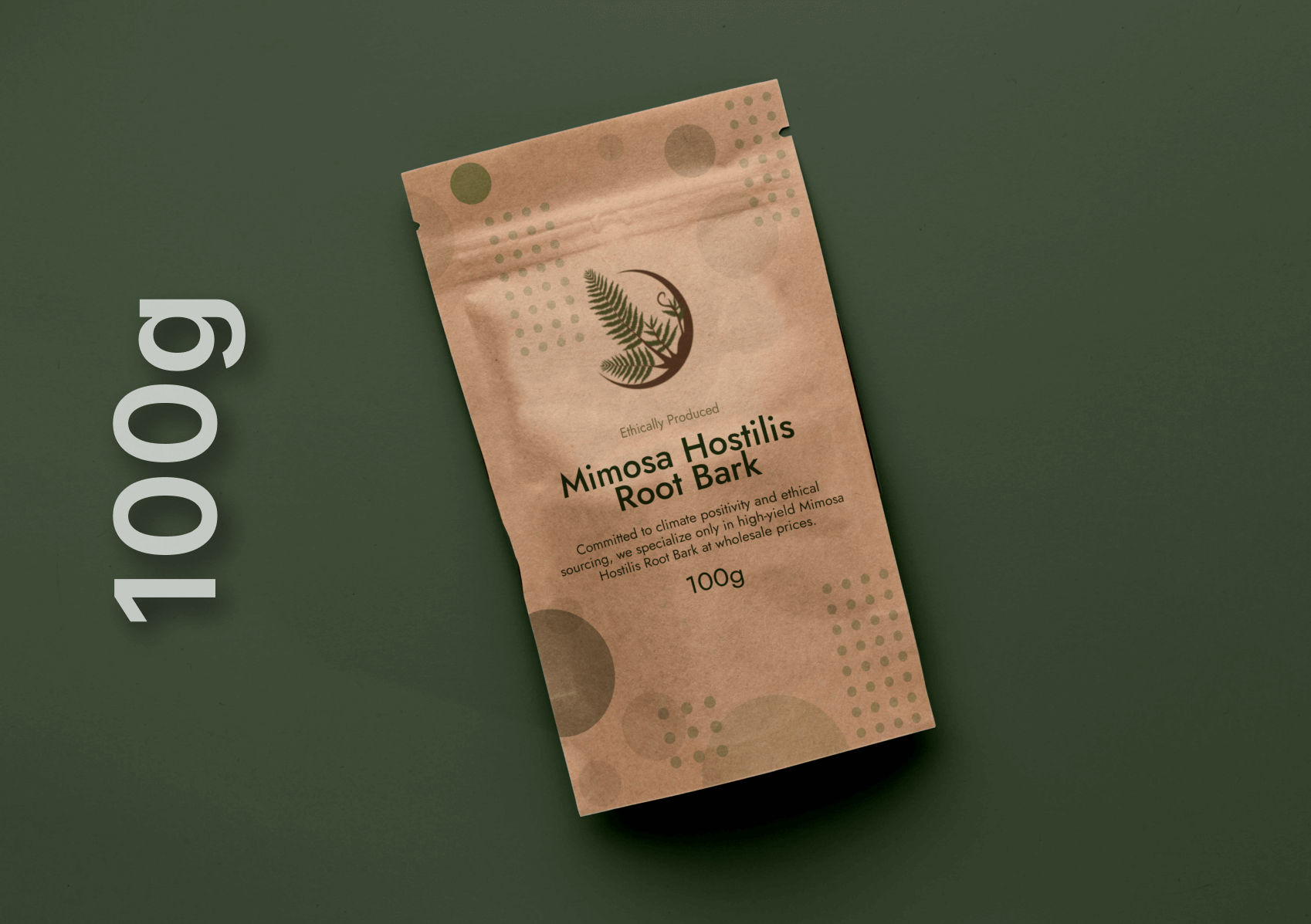Introduction to Mimosa Tenuiflora
Mimosa tenuiflora, also known as “Jurema” in Brazil, is a versatile plant with deep roots in traditional medicine and cultural practices. Its resilience and medicinal properties have made it increasingly popular among enthusiasts looking to cultivate it at home. This guide explores essential tips for successfully growing and caring for Mimosa tenuiflora, bringing its natural beauty and healing potential into your own garden.
Choosing the Right Environment
Creating an ideal environment is crucial for the successful cultivation of Mimosa tenuiflora. This hardy plant thrives in warm, tropical climates similar to its native habitat in southern Mexico and South America. It prefers well-draining soil with a slightly acidic to neutral pH and plenty of sunlight. Select a location in your garden that receives full sun for most of the day to encourage optimal growth.
Growing Mimosa tenuiflora at home requires replicating its natural habitat with well-draining soil, ample sunlight, and a warm climate.
Planting Mimosa Tenuiflora
When planting Mimosa tenuiflora, ensure the soil is prepared to promote healthy root development. Dig a hole slightly larger than the plant’s root ball and gently place it into the soil. Backfill the hole with soil and press firmly around the base to secure the plant. Water thoroughly after planting to settle the soil and encourage establishment.
Watering and Maintenance
Once established, Mimosa tenuiflora requires moderate watering. During the growing season, water deeply but infrequently to encourage deep root growth. Allow the soil to dry out slightly between waterings to prevent root rot. Mulching around the base of the plant helps retain moisture and regulate soil temperature.
Pruning and Fertilizing
Regular pruning promotes healthy growth and maintains the plant’s shape. Remove dead or damaged branches and trim back overgrown areas to encourage new growth. Mimosa tenuiflora benefits from occasional fertilization during the growing season. Use a balanced, organic fertilizer formulated for flowering plants to provide essential nutrients without overwhelming the soil.
Protecting Against Pests and Diseases
While generally resilient, Mimosa tenuiflora can be susceptible to pests like aphids and spider mites. Inspect your plant regularly for signs of infestation and treat promptly with insecticidal soap or neem oil if necessary. Ensuring good air circulation around the plant and avoiding overcrowding can help prevent fungal diseases.
Harvesting Mimosa Tenuiflora
Harvesting Mimosa tenuiflora bark should be done with careful consideration for sustainable practices. If you plan to use the bark for medicinal or dye purposes, select mature branches and harvest sparingly to allow the plant to regenerate. Always research local regulations regarding the harvesting and use of Mimosa tenuiflora to ensure compliance with legal and ethical standards.
Conclusion: Cultivating Mimosa Tenuiflora
Growing Mimosa tenuiflora at home offers a rewarding experience that connects you with nature and ancient traditions. By providing the right conditions and care, you can enjoy the beauty of its feathery foliage and potentially harness its medicinal benefits in your own garden. Whether for aesthetic appeal or practical use, Mimosa tenuiflora enriches any garden with its cultural significance and natural charm.




